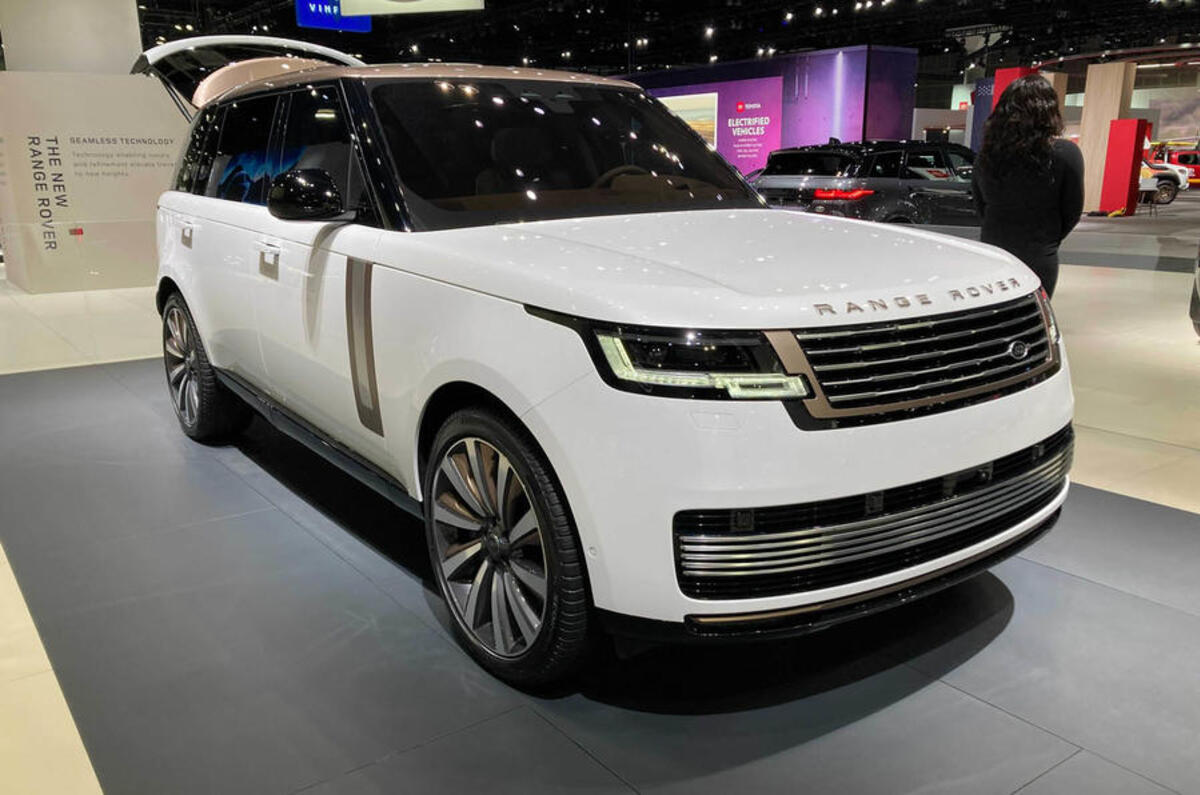Jaguar Land Rover (JLR) sales dipped slightly in 2021 as a result of the semiconductor shortage, but the company is optimistic that supply will improve over the coming weeks.
Britain's biggest car manufacturer sold 420,856 units worldwide in 2021 - a 1.2% decrease compared with its 2020 output, which was itself dramatically impacted by the pandemic.
The shortage is attributed to an inability to ramp up production across its factory network due to constrained supply of semiconductor chips. JLR noted that supply improved in the final three months of 2021 and anticipates that supply will "continue to improve in Q4 of the fiscal year ending 31 March 2022".
JLR says it has "proactively managed semiconductor supplies to maximise production of higher-margin products". Autocar has contacted the company for details of which models and factories remain affected by the shortages and is awaiting a response.
The company has a record order bank of more than 154,000 cars to fulfil, of which 30,000 are for the new Range Rover and 36,000 are for the Land Rover Defender, but it says "the chip shortage remains dynamic and difficult to forecast" and has not said how quickly it will be able to deliver these cars.
The firm's chief commercial officer, Lennard Hoornik, said: "Semi-conductor supply challenges continue within the industry but our wholesale volumes are improving. We look forward to completing delivery to global customers as supply improves in 2022.”
Supply began to improve in the final three months of 2021, facilitating a 91.8% uptick in wholesale volumes of the Range Rover, 64.0% of the Range Rover Sport and 34.5% for the Jaguar I-Pace.
Land Rover sold more than three times as many cars in 2021 than sibling brand Jaguar – reporting a 3.4% rise as a stand-alone brand – led by demand for the Range Rover Evoque, which sold 63,398 units, while the Defender was close behind with 63,134 units sold.
The Range Rover Sport, even in its eighth year on sale, was a strong contributor, with 57,154 units sold, while its full-sized sibling – the latest version of which opened for orders in the final quarter – achieved 43,335 sales. Land Rover sold 54,214 Discovery Sports, 35,103 Range Rover Velars and 18,248 Land Rover Discoverys.
Meanwhile, SUVs continued to be the strongest performers for Jaguar, with the Jaguar F-Pace and Jaguar E-Pace alone accounting for more than half of its 86,270 sales. The Jaguar XE saloon contributed 14,836 units, compared with 10,214 Jaguar XFs sold.










Join the debate
Add your comment
So the bet performing Jaguar cars are all SUVs. If you ditched the XE and XF, I'm guessing Jaguar would be near profitable. So why does Bollore want to stop making profitable SUVs?